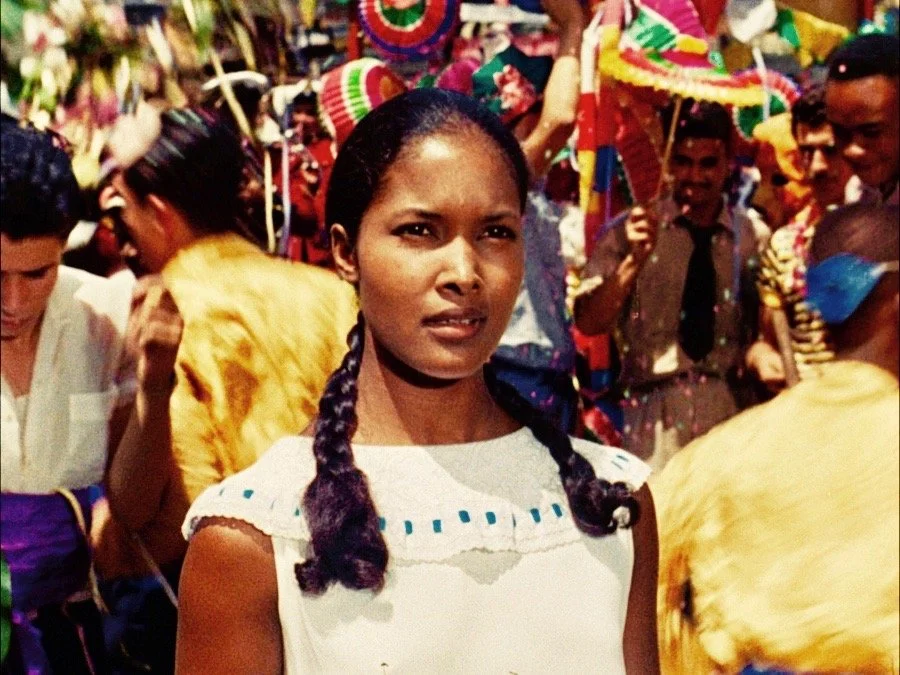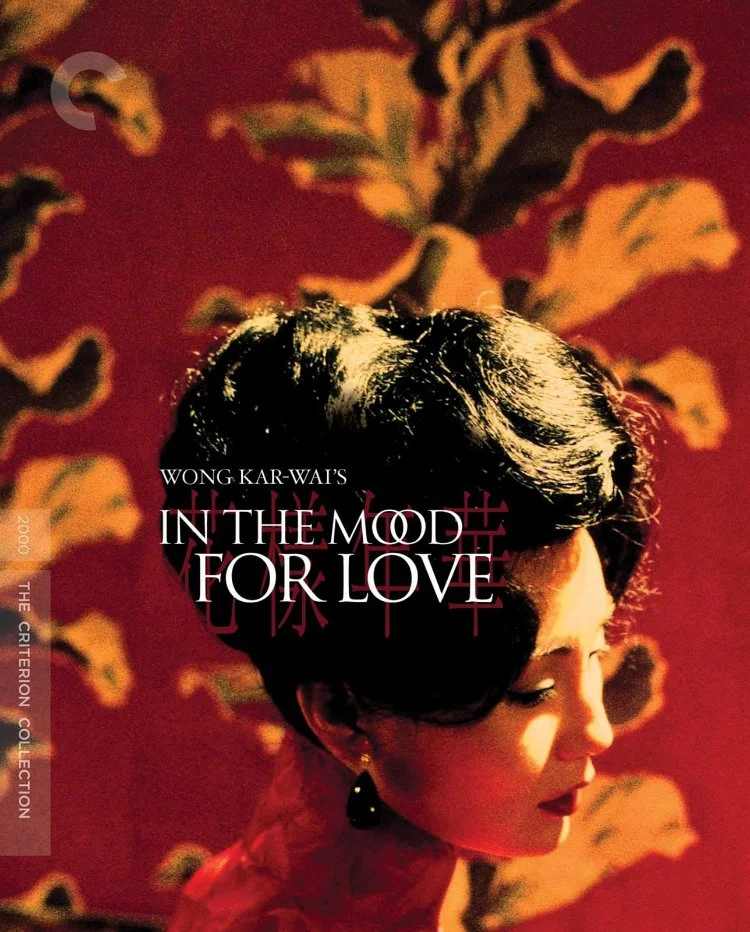Black Orpheus Is a heavenly reimagining of Carnival, Mythology and Tradition
Black Orpheus or ‘Orfeu Negro’ is a syrupy-samba blockbuster-twist on the classic Greek mythology, Orpheus and Eurydice. French director Marcel Camus’ real life reimagining shapes the tragic ending from an unforgettable beginning. Carnival celebrations in Rio de Janeiro sizzle in the background whilst we entertain Orpheus and Eurydice’s love-quest. The air of excitement, shimmer and hope will draw you in and in 1959 this must have left audiences on a fizzy high. Therefore, it is unsurprising that Marcel won international hearts with this body of art, clasping the 1959 grand prize at Cannes and an Academy Award as best foreign language film.
At the films genesis, we’re hastily introduced to sun-kissed beauty Eurydice (Marpessa Dawn), in a trance of confusion but determined to reunite with her cousin Serafina (Léa Garcia). The lusciously long days ushers in each character like a storybook play, intentionally yet with a sprinkle of wanderlust so they’re not one-dimensional. Orpheus (Breno Mello) is a bubbly man who is not interested in his pestering, yet bombastic beauty of a girlfriend Mira (Lourdes de Oliveira). Her insecurity and Orpheus’ lack of commitment pulls a strain on their relationship, eventually leaving a gaping hole for Eurydice to fall in between. This love triangle of sorts is played out theatrically intertwining us with each character, their dreams and eventual disaster. Ultimately our two lovers’ fated union cannot be tarnished, showing the power of destiny over faith. Other themes married together include death, joy, adventure, music, and tradition
The various symbols of death are illuminated through animals: black birds and dogs create a unique take on the Greek tale as Eurydice was bitten by a snake. Familiarly when Orpheus yearns to find Eurydice’s soul in the ‘underworld’ he is met by a Cerberus dog, albeit with just one head guarding the gate. The ‘Mans’ best friend’ context of our furry companions is shaken as we learn that it’s often the closest things to us that can cause harm. We also can’t ignore the racial prejudice at the time in Brazil, which was very close to home for its people; the unspoken biases that could have hindered a film like this being made in the first place. Fortunately, racism was not the obstacle for Eurydice to overcome and instead thanks to Marcel’s dark comedy, it was a man dressed in a skeleton costume (Representing death), blending in as a spooky spectator of carnival. Paul Sonnenberg’s classic Bossa Nova anthem lyrically sums up the tragedy plaguing Eurydice’s life as “… the happiness of the poor is like the great illusion of Carnival”.
Still, black joy is baked into each character, and magically once Orpheus flashes his eyes on Eurydice, he is positively glowing. This joyful quintessence is Brazil: the charm that the people and culture exude naturally. Throughout, we’re reminded that carnival is a time of celebration and although the constant supply of on-screen joy may paint the mostly black populous as smiling caricatures, it feels selfish to question anything. Phenomenally, we also welcome Santeria, a white-garment religion born out of African traditions and community by the people of colour in Brazil. It is at this moment in the film that Orpheus tries to communicate with Eurydice’s soul, hearing her voice in the church but sadly, like the Greek tale, looking back too soon and losing her forever. This twists another modern perspective into the Greek tale, as the balance of life and loss is something we all experience. Marcel simply honours black African heritage in his approach
Respecting the craft of cinematography elevates this film from bold to bewitching. Marcel’s jewel-toned lens on the city landscapes captures a euphoria that can be seen as well as felt. Shooting Black Orpheus proved challenging though as Marcel, a French native, had to spend 18 months studying the sights and tropical geography of Rio. This ultimately transformed the film so every detail looked effortless, like breathing. Seeing is believing, and the grand costume designs of our bronzed heroes shifts the ground like tectonic plates creating an endless dreamy aura. Strategically, Marcel’s directing infuses more theatre elements, as if there was a Mise-en-scène where actors could physically jump from into a scene. The triumph of this is that it created a fantasy for the actors and for us the audience to experience.
Black Orpheus was a bona-fide success that relives the waking, breathing moments of a musical tradition in Brazil, fusing it with Greek mythology. This is captivating: the retelling of Eurydice and Orpheus, but also honourable as the people of colour whose talents make up the heart and glory of this film are fully embraced. So, though 1950’s cinema still shied away from recognising black stories, and as there was no film industry in Brazil, Black Orpheus, was a precious gem that celebrated black lives. Now, let us joyfully hail Bossa Nova music and samba to the world!













